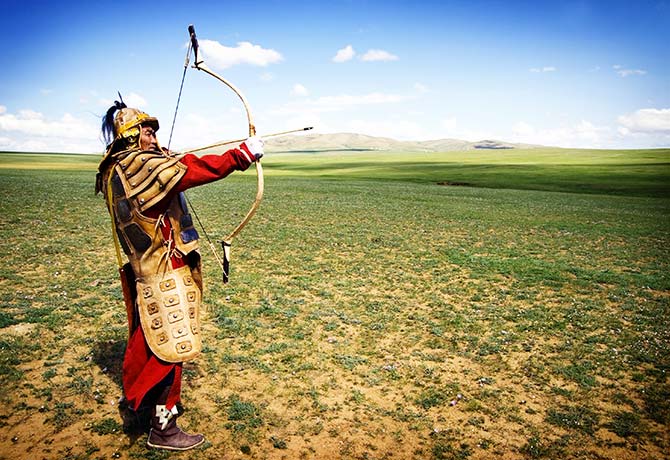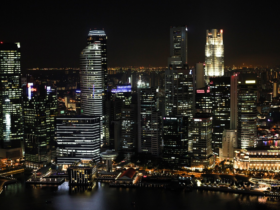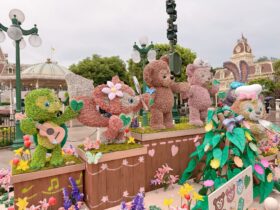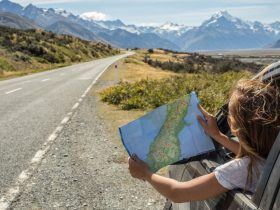Follow on the trail of Genghis Khan and live like a warrior from the horde
By Pamela Chow

In numerous Genghis Khan tour packages, travellers can experience camping in a ger or Mongolian nomad tent.
Revered and feared by many, Mongolian warrior and ruler Genghis Khan (pronounced Chinggis Khan) founded the largest contiguous empire (and second-largest in land mass only by a fraction, to the modern British Empire) in the world, in the early-13th century.
Genghis Khan expanded the Mongol Empire through Central and Northeast Asia, and even to the West to the fringes of Europe upon the Caspian Sea.
In his wake, traditional state and cultural divisions among various tribes and civilisations were razed to raise a new world order and reign under his iron fist.
Today, the Great Khan’s name has become legend, and several nations across this former medieval empire honour this historical icon with monuments, museums and even tours.
Walking in the footsteps of Genghis Khan and the trail he once blazed is an exhilarating way to experience the history, cultures and sites of Mongolia, where you can taste and see what it was like to be part of The Horde.
Making a warrior out of you

Some Genghis Khan tour itineraries even feature warrior-training experiences, such as bow-and-arrow crafting and archery while donning the Mongol warrior costume.
One such tour enables visitors to eat, live and sleep like the warriors in Genghis Khan’s horde. Yes, this includes field training in 13th century battle skills and nights sleeping in Mongol nomadic tents, called gers.
Holiday site responsibletravel.com features a nine-day journey that starts in the modern-day Mongolian capital of Ulaanbaatar. Here, you can gain vivid insight into the history of the Mongols and the secrets of their military prowess at the National History Museum and the Mongolian Military Museum.
The real adventure begins the next day, out in the Mongolian steppes, where visitors can engage in three days of warrior training, dressed in full gear. This titillating programme includes bow-and-arrow crafting, steppe orientation techniques, field cooking, archery and even herding majestic stallions.
However, the medieval Mongols didn’t stay in one spot for long; they were a nomadic troupe, and so will you be on this tour. While riding on horseback, you can visit nomadic families who move across the plains in search of good pasture, and taste the renowned koumiss (fermented mare’s milk) as well as Mongolian milk vodka — if you dare!
A picturesque horse trek

Take a horse-riding adventure through Mongolia, on the path that legendary ruler Genghis Khan and his army took on their conquests. (Photo: cesc_assawin / Shutterstock.com)
If intense (yet exhilarating) warrior training isn’t your cup of tea, explore Mongolia and its beauty on horseback instead. Website discovermongolia.mn offers a five-day “Following the Footsteps of Genghis Khan” Horse Trek, which will take you through the stunning forests, mountains, steppes, rivers and lakes of Khentii National Park.
On your quest, you’ll have the opportunity to camp in a ger, visit a nomad family home, taste traditional Mongolian dairy products, visit the birthplace of Genghis Khan’s blood brother, Jamukha, ride by the hallowed river that Genghis Khan drank from on his way home and see how authentic traditional Mongolian barbecue is done. Few things can truly be compared to this feast for the senses.
To evoke the era of Genghis Khan, tour participants can don traditional Mongol costumes and accessories of the period and ride through Mongolia’s arresting natural landscape. This tour is led by a professional horseback-riding guide.
Live the time and culture of the world’s greatest empire when you set off on this scenic adventure.
Note: Tours usually start from the capital of Ulaanbaatar. There are also historical sites, museums and monuments outside of Mongolia commemorating Genghis Khan and the Mongol Empire.
A version of this article appeared in the print edition of Weekender, Issue 148, March 18 – March 31, 2016, with the headline ‘Be a warrior of Genghis Khan’.
ADVERTISEMENTS










2 Comments